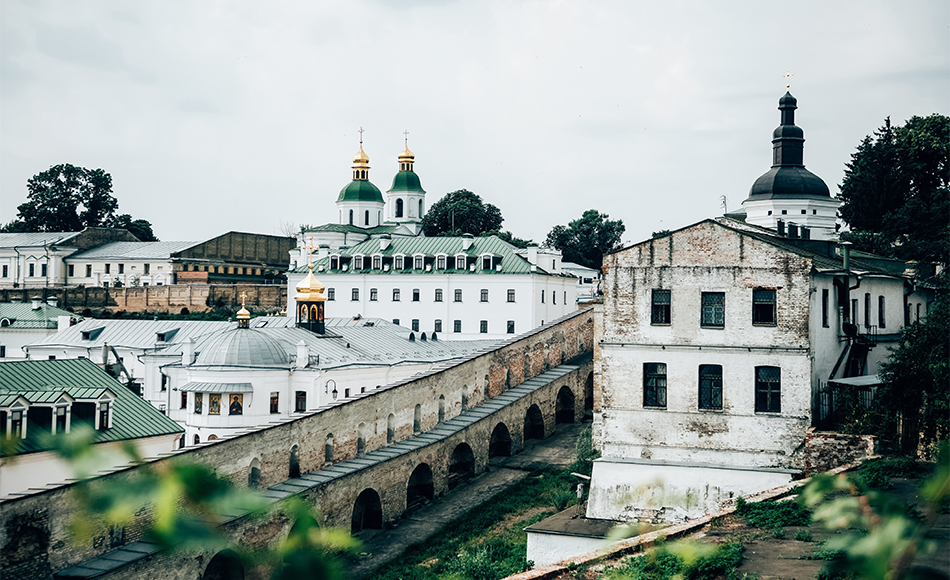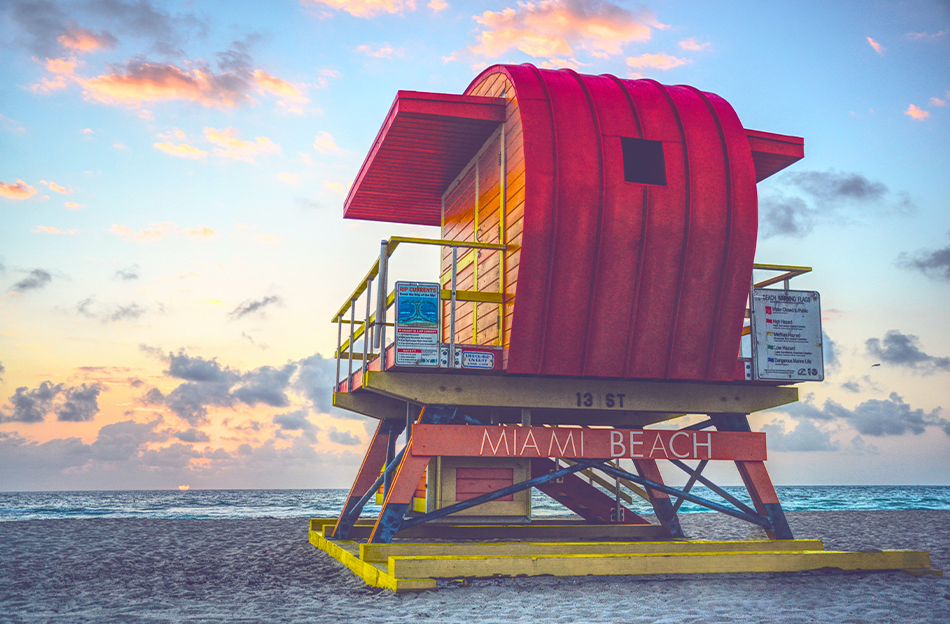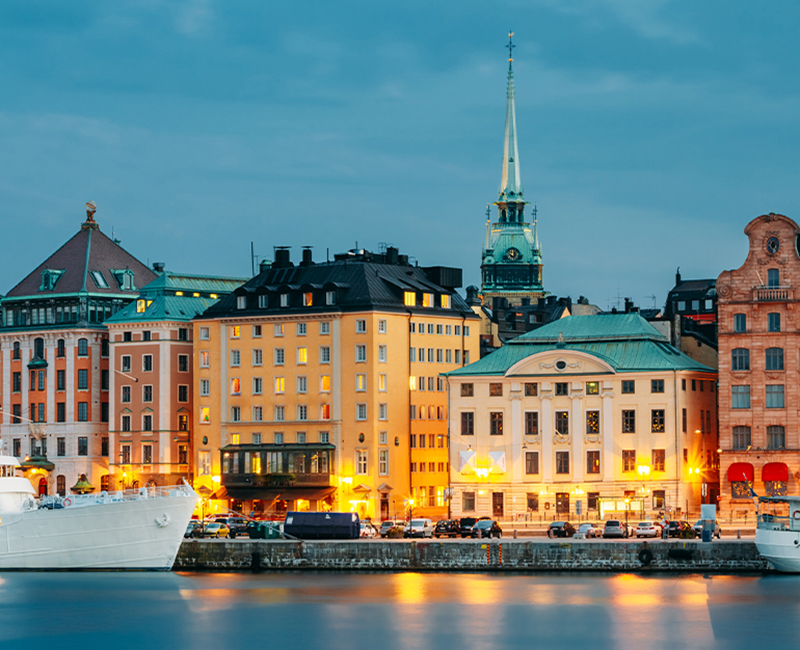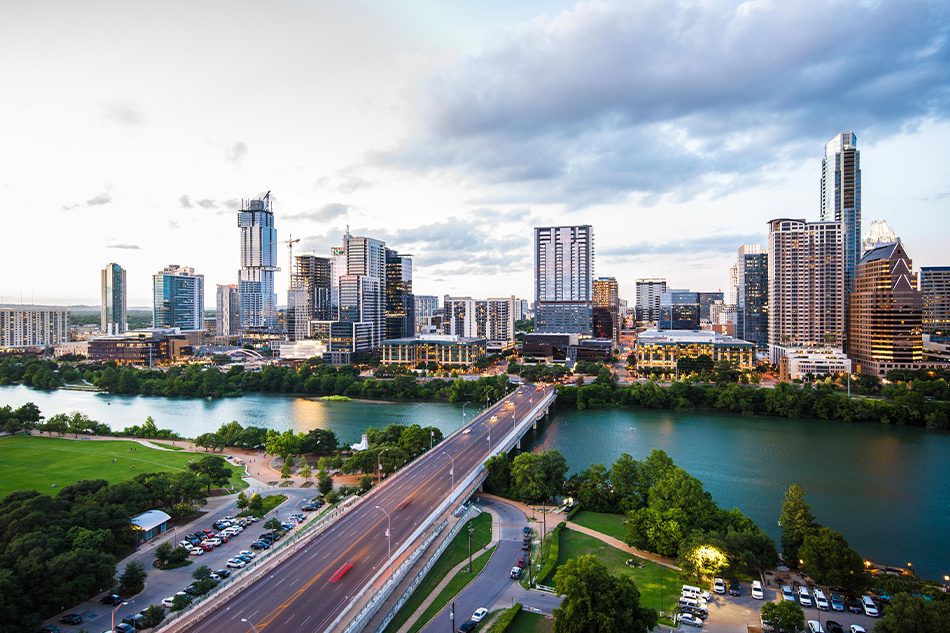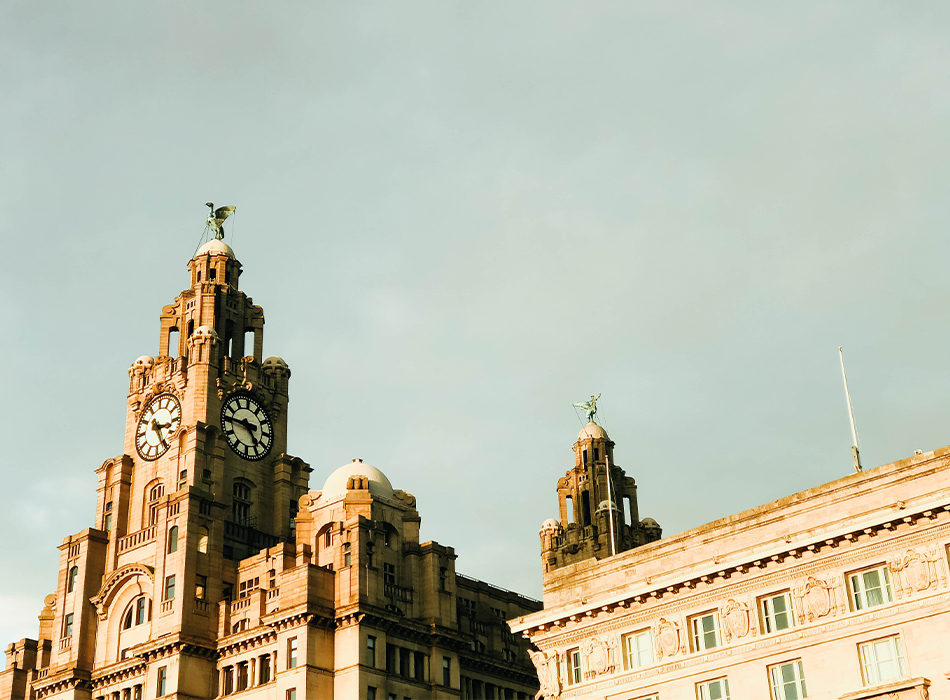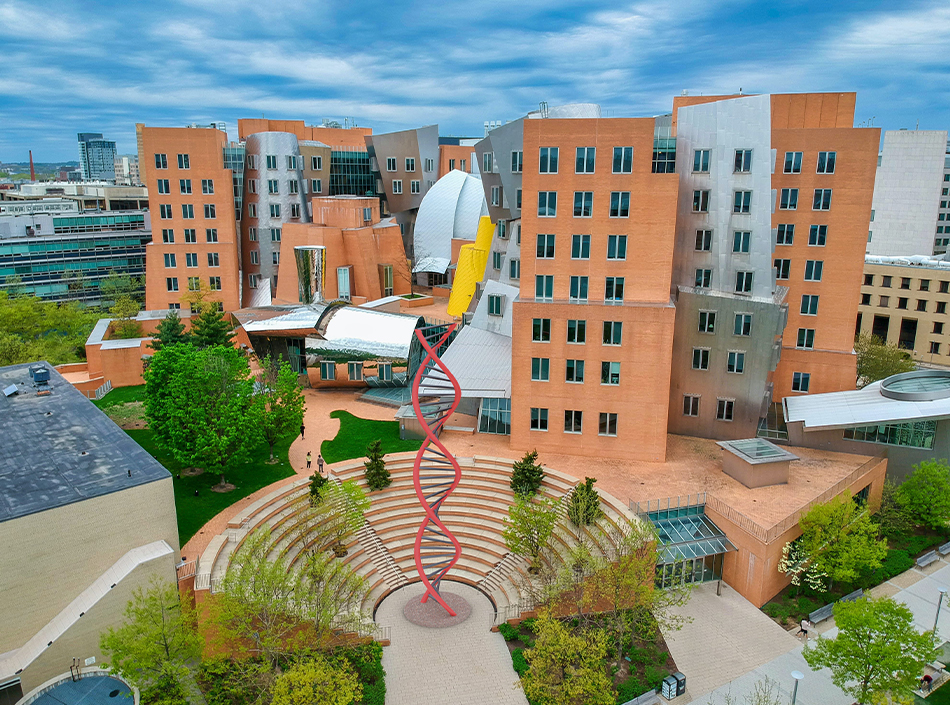
10 Top Tourist Attractions in Boston
Boston has been defined and molded by its history for almost 400 years, founded by Puritans in the 1600s. The city gave birth to the American freedom movement. The landmarks memorializing the Sons of Liberty's pivotal role in the Revolutionary War draw visitors worldwide.
While many of Boston's tourist attractions focus on the city's historical past, the city is also known for its excellent colleges and universities, as well as its passionate sports fans and professional teams. It's no wonder that the 'Athens of America' attracts so many people each year, given its thriving arts and cultural sectors, superb local seafood, and picturesque harbourfront setting.
1. Cambridge
While it is well-known for being home to MIT and Harvard University, Cambridge is more than just those two outstanding universities. The largest suburb, located fifteen minutes northwest of the city center, features a variety of gorgeous areas to visit, including appealing architecture, excellent museums, and a plethora of cultural activities.
Cambridge, dubbed the 'City of Squares' because of its unusual layout, is located just over the Charles River from downtown, and has long been recognized as an academic and intellectual hub. While many excellent pubs and restaurants surround Central and Kendall Squares, there are plenty of ancient colonial landmarks and modern structures.
2. Isabella Stewart Gardner Museum
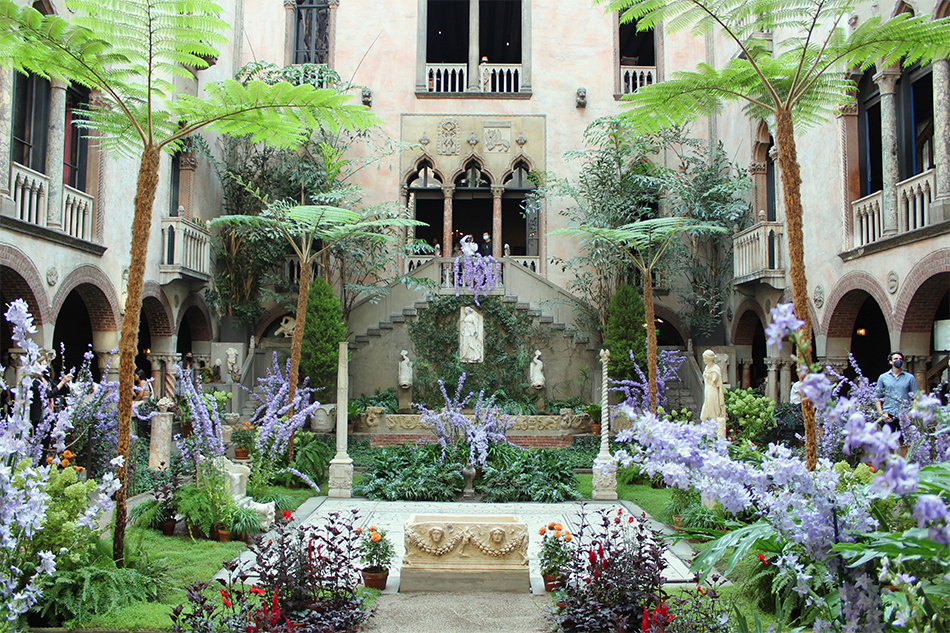
The exquisite Isabella Stewart Gardner Museum is housed in a magnificent tower built after a Venetian palace from the fourteenth century. Today's striking building houses an extraordinary collection of American, Asian, and European artworks, along with a beautiful courtyard garden.
It was named for Isabella Stewart Gardner, an avid lover of the arts, and it first opened to the public in 1903. It has magnificent paintings and prints and ceramics, silverwork, and sculptures. Guests may wander its splendid halls full of furniture and fabrics, as well as an extensive antique book collection shown alongside Medieval, Islamic, and Renaissance art, in addition to witnessing masterpieces by Rembrandt, Titian, and Botticelli, among others.
3. Old State House
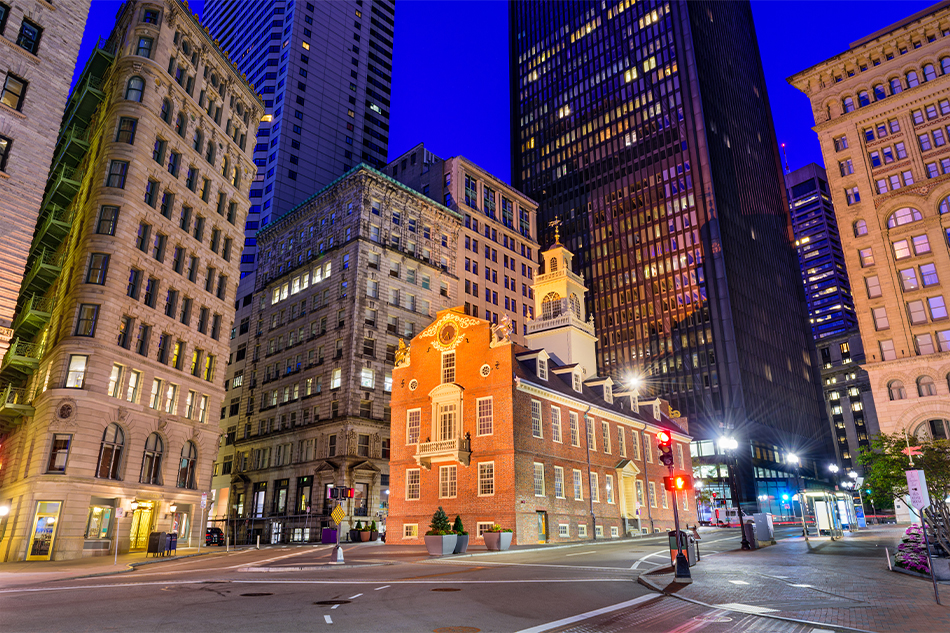
The Old State House, Boston's oldest surviving public structure, is located in the center of the city's historic district. It was built in 1713 and today serves as a museum and is one of the most popular stops along the wonderful Freedom Trail.
The majestic red-brick tower, which was once the seat of the Massachusetts Assembly, is most renowned for its balcony, from which the Declaration of Independence was first read to the townsfolk in 1776. Visitors may learn about the horrific events of the Boston Massacre, which happened immediately in front of the historic tower, in addition to touring its interior and admiring its excellent architecture and displays.
4. Museum of Fine Arts
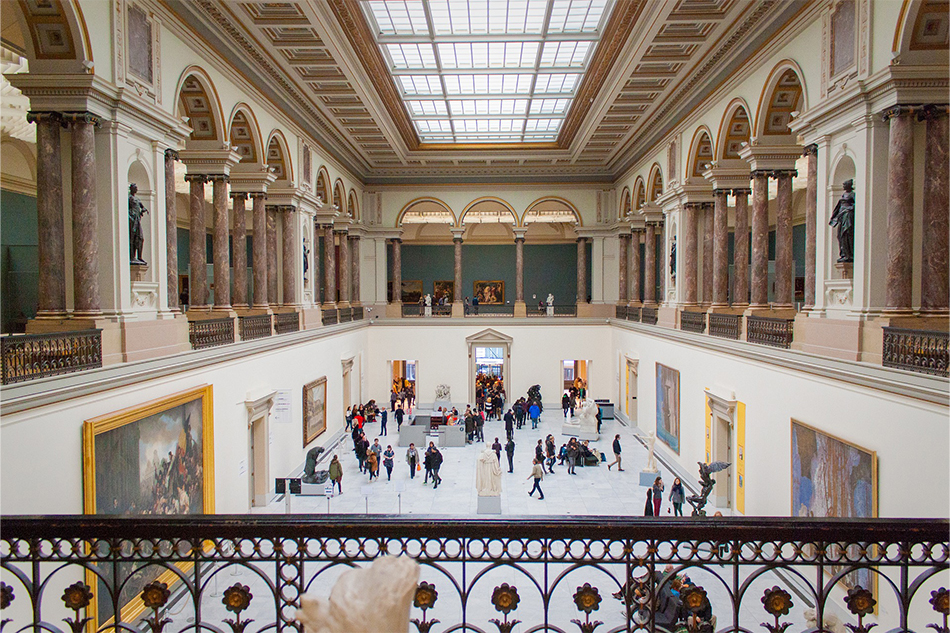
The Museum of Fine Arts, one of Boston's most popular tourist destinations, houses an astonishing collection of artifacts and artworks from all over the world. It was founded in 1870 and today resides in a large neoclassical edifice in the Fenway-Kenmore district, overlooking the Back Bay Fens park's spectacular beauty and environment.
It is known for its outstanding Art of the Americas section, everything from pre-Columbian and colonial-era art to everyday items. It is one of the most visited museums in the world. In addition, the museum's massive halls include fantastic Asian and Persian fine arts, ancient Egyptian mummies, masterpieces by European artists, and much more.
5. Massachusetts Institute of Technology
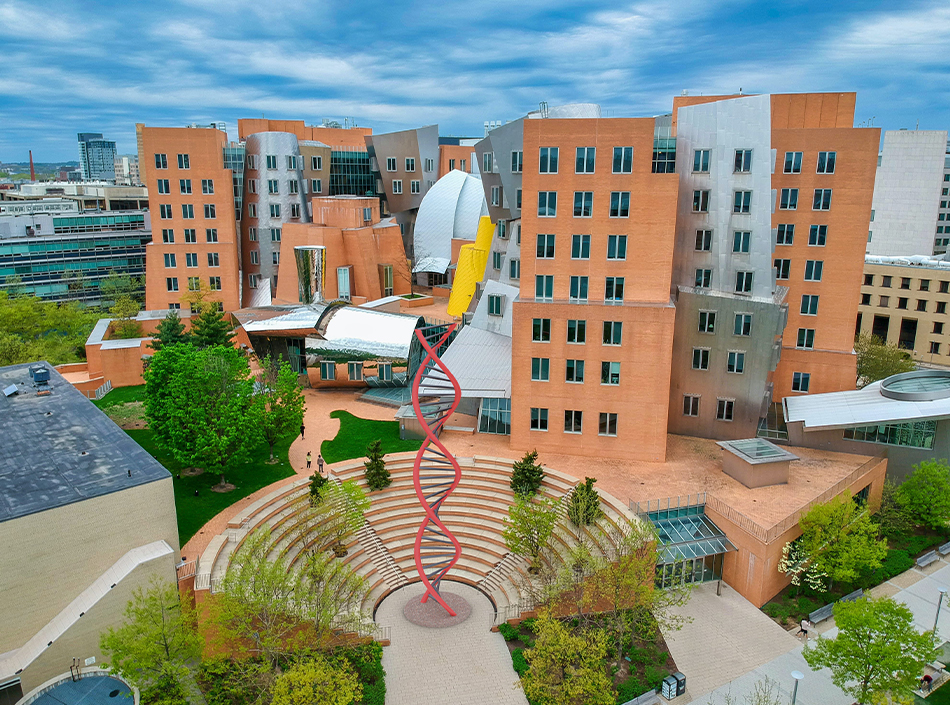
Fans of contemporary and postmodern architecture will enjoy the 150-acre MIT campus, a living museum of works by notable architects such as Alvar Aalto, Eduardo Catalano, I. M. Pei, Frank Gehry, and Eero Saarinen.
In addition, the site features hundreds of sculptures and art installations by artists such as Pablo Picasso, Henry Moore, Alexander Calder, Jacques Lipchitz, and Auguste Rodin, which you may visit with the use of a self-guided walking tour map. Ship models may be seen at the Hart Nautical Gallery, and modern art can be found in the Compton Gallery.
6. Boston Public Library and Copley Square
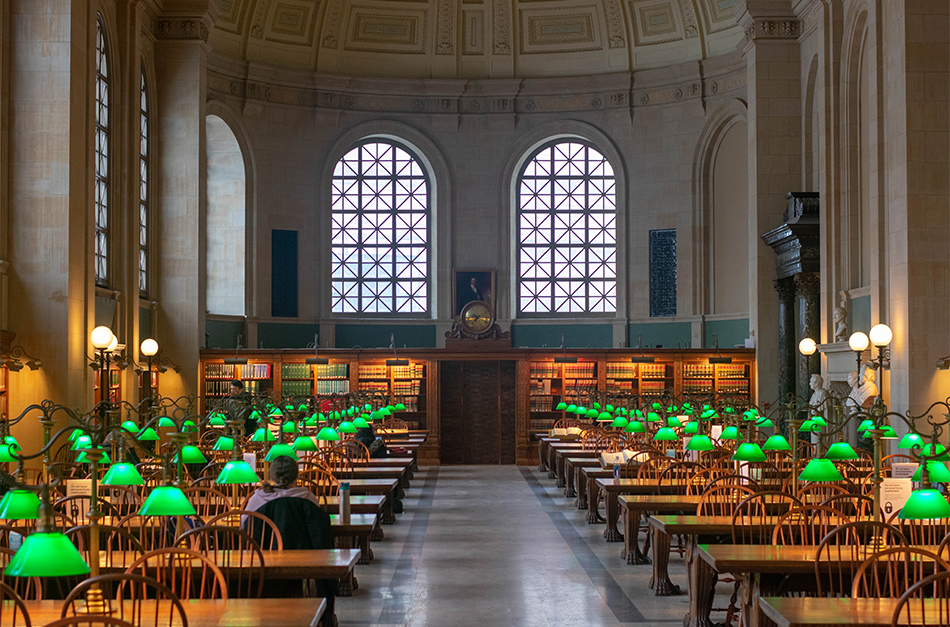
Fans of contemporary and postmodern architecture will enjoy the 150-acre MIT campus, a living museum of works by notable architects such as Alvar Aalto, Eduardo Catalano, I. M. Pei, Frank Gehry, and Eero Saarinen.
In addition, the site features hundreds of sculptures and art installations by artists such as Pablo Picasso, Henry Moore, Alexander Calder, Jacques Lipchitz, and Auguste Rodin, which you may visit with the use of a self-guided walking tour map. Ship models may be seen at the Hart Nautical Gallery, and modern art can be found in the Compton Gallery.
7. Harvard Square and Harvard Art Museums
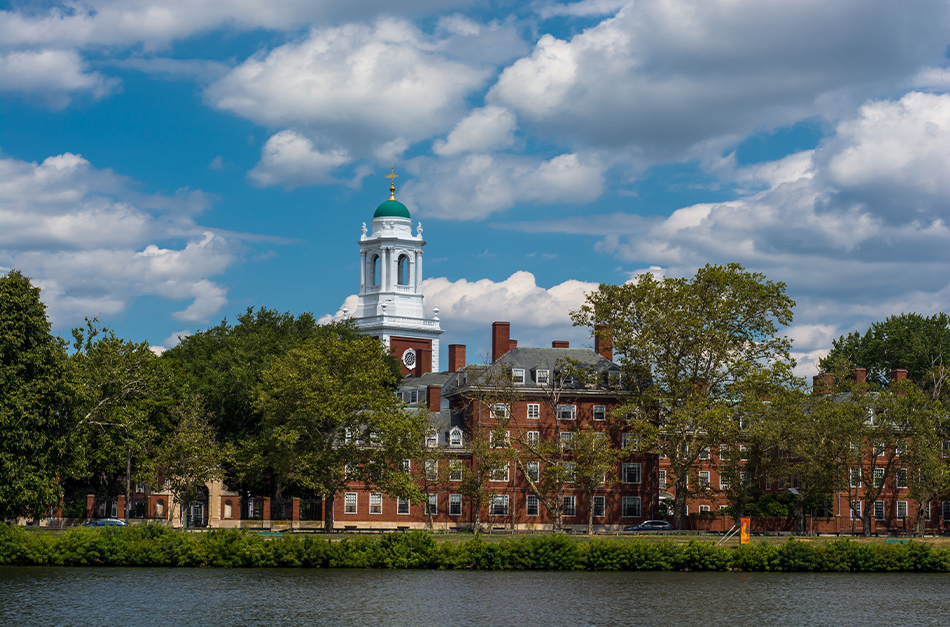
Harvard University is the oldest school of higher learning in the United States, founded in 1636. It is widely regarded as one of the world's finest intellectual centers. Take a passionate and engaging free walking tour around the campus led by a student who will discuss history, Harvard legend, and personal viewpoint at the Harvard Information Center. You may also get a tour by downloading it from their website.
Harvard Yard is located near Harvard Square, a bustling hub for students, "townies," and visitors, featuring shops, bookshops, and supposedly more ice cream shops than any other city in the United States.
The Harvard Art Museums are housed in a Renzo Piano-designed building adjacent to Harvard Yard. They include three formerly independent collections, each classified as a significant U.S. art museum. Few universities can boast such impressive collections. The Fogg Art Museum focuses on early Italian Renaissance art. In contrast, the Busch-Reisinger focuses on Central and Northern European Expressionist art, including Bauhaus artifacts and paintings by Kandinsky and Klee.
The Arthur M. Sackler Museum is home to one of the most significant collections of Chinese jade in the world and Chinese bronzes, Japanese prints, Indian art, and Greco-Roman antiquities, including vases and sculptures.
8. The Freedom Trail
The three-mile Freedom Trail takes you past 16 of the city's most important historical monuments and landmarks, as well as within them. The line of red bricks on the sidewalk and footprints at traffic crossings make it easy to follow. Before visiting the State House, start by picking up pamphlets on the sights at the Visitor Center in Boston Common.
Old Granary Burying Ground (where Paul Revere, Samuel Adams, and John Hancock are buried), King's Chapel Burying Ground (Boston's oldest cemetery with the graves of Governor John Winthrop and two Mayflower passengers), Old South Meeting House (where patriots' ringing speeches sparked the Boston Tea Party), and the Old State House are all on the trail. This is Boston's oldest public structure.
The Freedom Trail continues through Boston's North End, past the Paul Revere House and Old North Church, to Charlestown, where the 54-gun frigate USS Constitution and the 220-foot granite Bunker Hill Monument await.
9. Fenway Park

Since 1912, Fenway Park has served as the home of the Boston Red Sox baseball club, and it is one of the city's most treasured icons. The park is also a must-see destination for baseball fans since America's oldest major-league ballpark is in continuous use.
Fenway is also one of the few surviving old-style ballparks in the United States, and the park's smaller-than-average field and notorious left-field wall known as the "Green Monster" make it difficult to predict the outcome of games played here. Even though most games sell out rapidly, visitors may frequently get same-day tickets at the park's box office. Tours of the park are also provided.
10. Boston Tea Party Ships & Museum
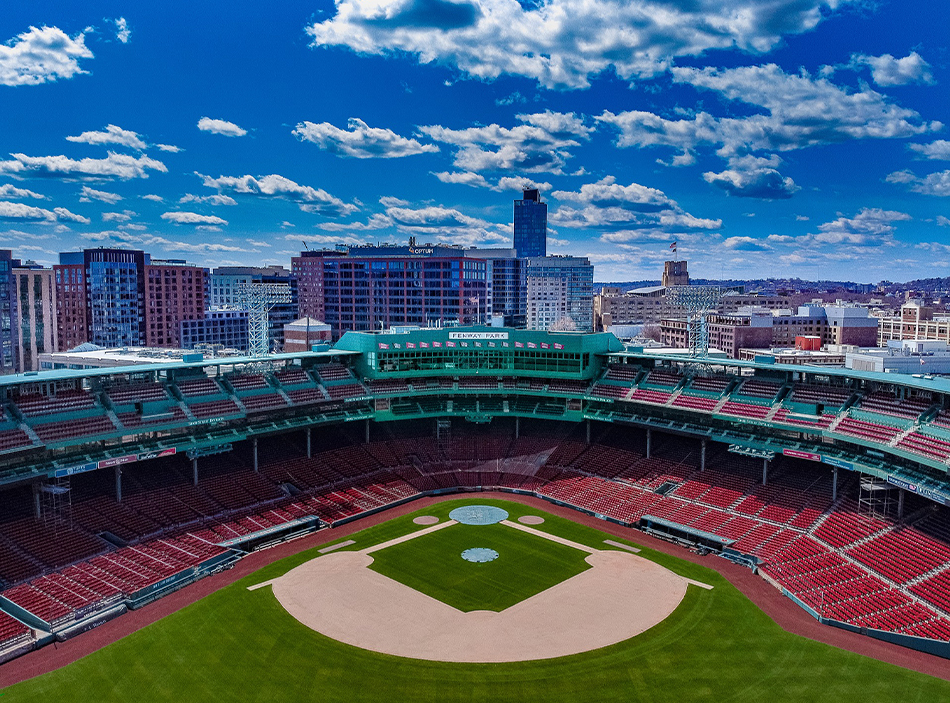
Angry Bostonians attacked ships from England during the night of December 16, 1773, more than a year before the first fight of the American Revolution, protesting a tax on commodities transported to the colonies, and hurled the tea into the water at this location. The Boston Tea Party Ships & Museum, which features full-scale reproductions of the real ships from which the Sons of Liberty spilled tea overboard, provides tours that include a participation reenactment of the incident.
Visitors are guided through that historic night by costumed historical interpreters through interactive displays, videos, and multi-sensory experiences. Everyone, of course, gets to throw tea into the water. The only known tea chest from that ill-fated shipment may be found in the museum. Children are lured into the excitement as they learn about shipboard life and American history, so it's no surprise that this is one of Boston's most popular family activities.

